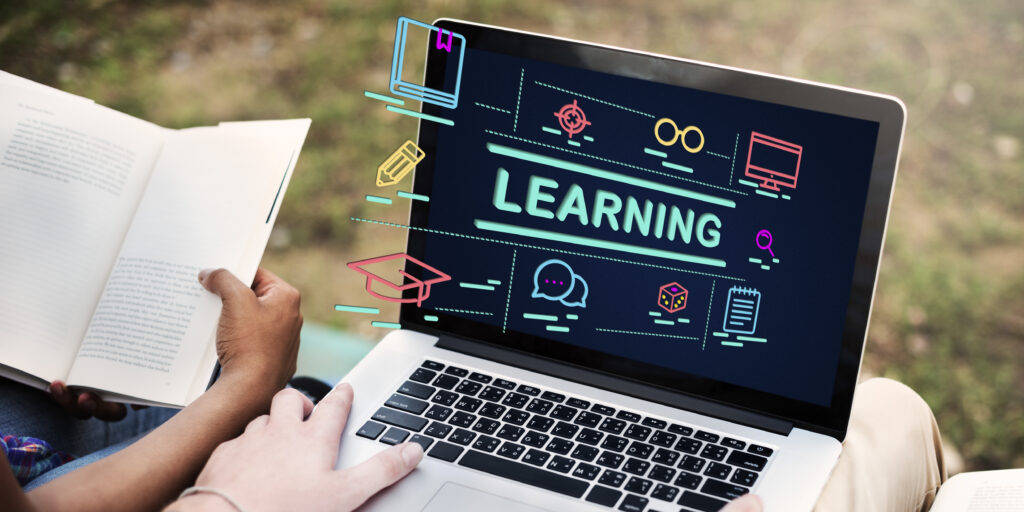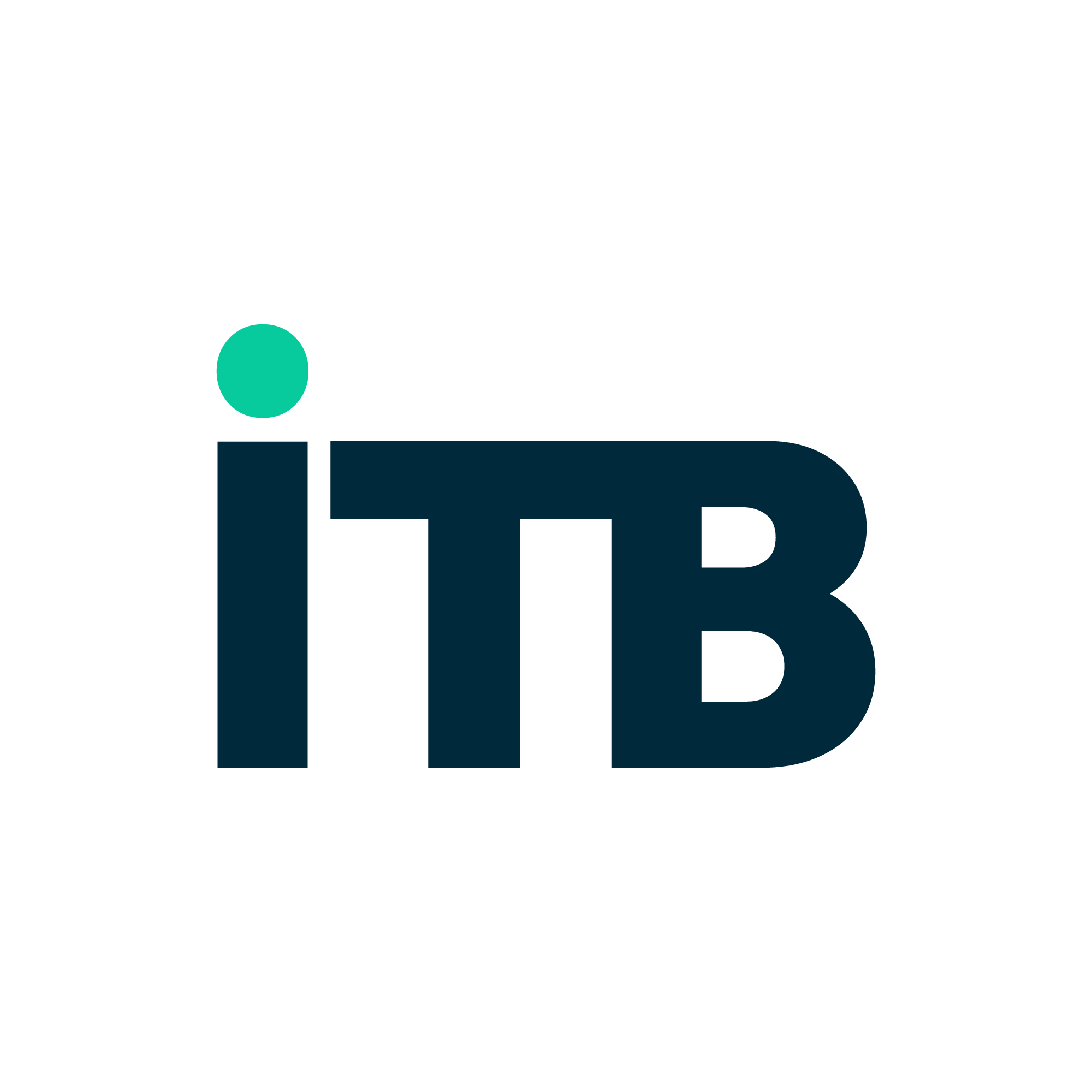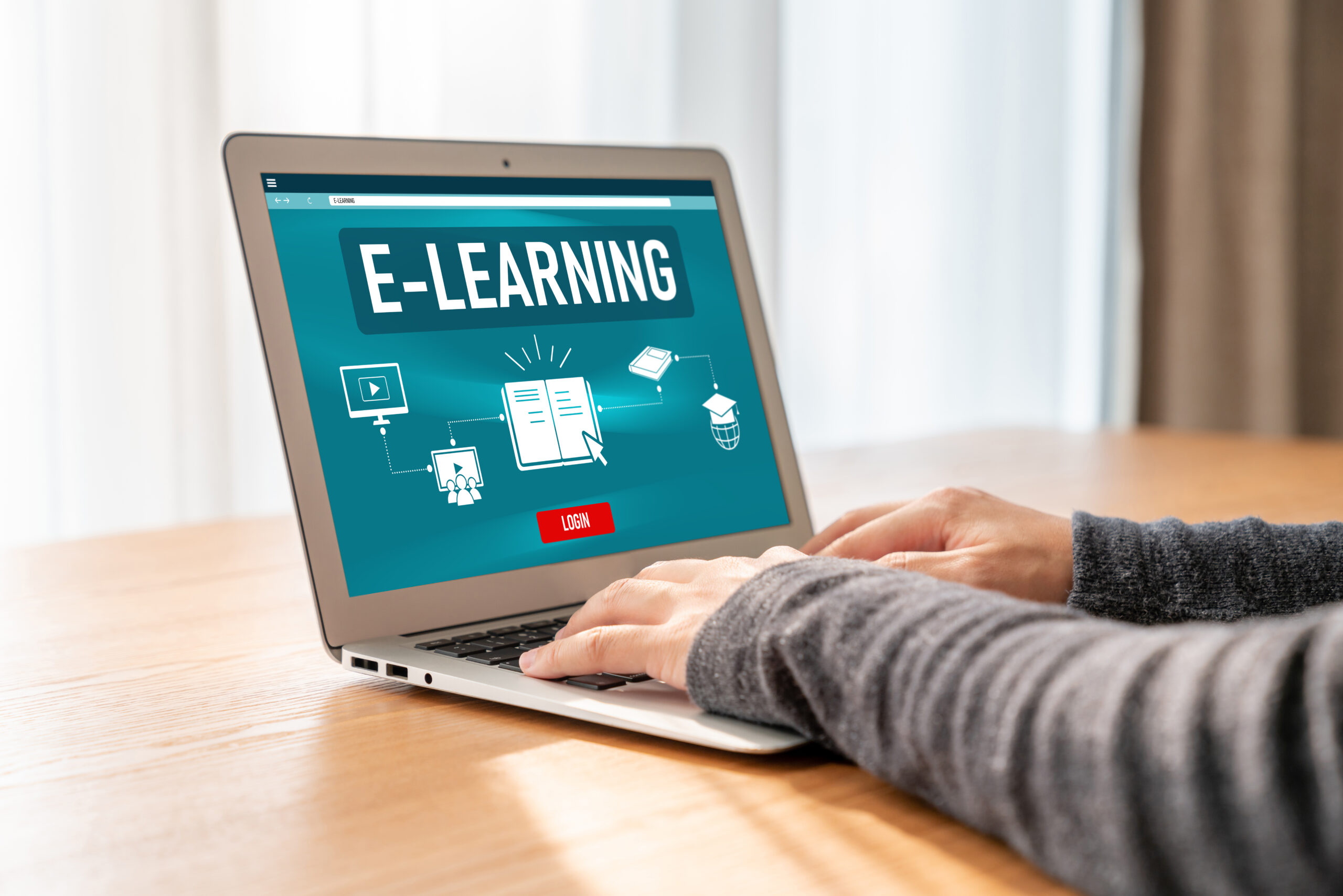Gone are the days of one-size-fits-all learning.
Today, a 10-year-old can master coding from their tablet. A working mom can learn digital marketing after putting her kids to bed. A university student struggling with math can get AI-powered tips tailored just for them — in real time.
Welcome to the age of personalized education, powered by AI and e-learning.

The Traditional Model Wasn’t Built for Everyone
In a standard classroom:
The pace is fixed.
The syllabus is rigid.
The feedback comes late (if at all).
And personalization? Practically non-existent.
But learning doesn’t work the same way for everyone. Some students need repetition, others need visual cues. Some thrive on quizzes, others prefer watching a video.
That’s where AI in e-learning changes everything.
What Happens When AI Meets E-Learning?
At its core, AI uses algorithms to understand patterns — and education is full of patterns.
What topics does the student struggle with?
How long do they spend on each section?
Which format do they engage with the most?
Based on this data, AI adapts the learning experience in real time. It personalizes the journey so that each student gets what they need, not what everyone gets.
5 Ways AI is Personalizing E-Learning Today
1. Smart Content Recommendations
AI suggests next topics based on previous performance. If a student aces basic algebra but stumbles on geometry, the platform adjusts the flow to revisit concepts and offer targeted support.
2. Real-Time Feedback and Assessment
No more waiting for teachers to grade. AI-powered tools evaluate assignments instantly and offer feedback — turning mistakes into teachable moments on the spot.
3. Adaptive Learning Paths
AI customizes the learning curve. Struggling students receive additional explanations and resources, while advanced learners can skip repetitive basics and jump ahead.
4. Voice & Chatbot Assistance
Need help with a concept? Ask the AI chatbot. Virtual teaching assistants are now helping learners 24/7 with doubts, explanations, and motivation.
5. Emotional AI
Yes, that’s real. Some platforms are beginning to detect student frustration or confusion through voice and facial cues, adjusting the tone or pace of the lesson accordingly.
Benefits for Students and Educators
🧠 Students learn at their own pace, stay engaged longer, and build more confidence.
👩🏫 Teachers get insights into class-wide progress, can identify struggling students early, and focus on creative teaching rather than repetitive grading.
It’s not just personalized. It’s proactive.
Real-World Example: Khan Academy + AI
Khan Academy’s new AI tutor, powered by GPT technology, helps students solve problems step-by-step — just like a personal tutor would. It doesn’t just give answers — it teaches students how to think, not just what to think.
It’s this kind of AI-driven scaffolding that turns passive learners into active participants.
Challenges Ahead
Digital access isn’t equal for all.
Over-reliance on tech can reduce human connection.
Privacy concerns around student data are growing.
But with responsible design, transparent algorithms, and hybrid learning models, AI can be a tool for inclusion, not exclusion.
The Future: AI Isn’t Replacing Teachers — It’s Elevating Them
Let’s be clear: AI can’t replace human educators. What it can do is:
Free up time
Offer sharper insights
Personalize the learning journey in ways a single teacher never could
The result? More time for mentorship, discussion, and human connection — the parts of education that truly stick.
Education That Learns With You
Imagine a classroom that evolves with the learner. One that adapts, encourages, and grows smarter as you grow.
That’s the promise of AI in e-learning: not to standardize education, but to personalize it.
Because in the end, the best education isn’t the same for everyone. It’s the one that meets you exactly where you are — and walks with you until you’re where you want to be.




